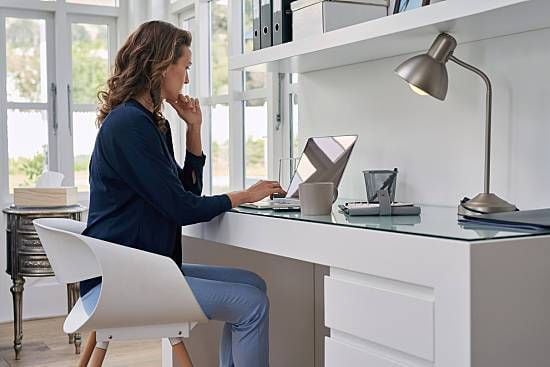It's known that gamification can improve productivity in the workplace, whether working remotely or at the office. But what exactly is gamification? At its most basic level, gamification is when elements of game systems are applied to ordinary tasks. Gaining points for certain tasks or earning a reward after completing a particular activity are common ways individuals practice gamification.
Gamification and Productivity
Gamification helps workers of all types improve productivity, and the best part about it is that it can be applied to a group-at-large or individualized to just one person.
Think of it this way: One full trip around the board in a Monopoly game earns a player $200 every time they pass
"Go." To put that into practice in real life, a payroll employee might reward him or herself after inputting all of the information from the paper copy of new hire paperwork into a digital system.
Another example is fantasy football, where team managers earn points based off how their drafted players perform in a real-life game. In the professional environment, each completed task can earn points, such as returning a phone call or attending a networking event.
Gamifying for Productivity as a Remote Worker
Gamification for productivity is not exclusive to the traditional, in-office worker. Remote workers can benefit from putting systems in place to gamify their tasks.
When independent or remote workers want to introduce gamification into their professional lives, it often starts by developing a system that is set up to match their particular needs. The professional must choose a strategy — take a point system for example — and then create the rules, such as assigning a point number to each task or determining how many points is needed for a particular reward.
Fiona Adler, remote worker and founder of Actioned.com, explains how she puts this into practice by starting her workday with a to-do list of actions she needs to complete.
She says, "I try to write [the list] so that each [item] is a fairly small task. For instance, instead of 'blog article', I might write 'decide on topic and write headings, 'draft 300 words', [or] 'finish draft.'" She continues, "I use my rules and rewards to help me avoid procrastination and distractions. For instance, I won't allow myself to get my first cup of coffee until my first action is done. I won't allow myself to check social media until my second action is done."
Adopting Games in the Traditional Work Environment
Gamifying for productivity can also apply to 9-to-5 employees. Often, employees who work in the same physical system may take a team approach to gamification, and compete against each other, instead of themselves. Gamification can also be used to work toward goals for a performance evaluation or as part of a health and wellness program.
Elizabeth Bradshaw, owner of Canvas Art Boutique says, "We use a holistic wellness platform called Sprout At Work. It's a platform that gamifies healthy activities, all while combining it into a social platform that other coworkers can engage with." She continues, "It's like Fitbit married Facebook! Since implementing Sprout At Work nearly a year ago, we saw our engagement rate go up by 22% and our employee absenteeism go down by 16%."
Regardless of whether you work alone, at home or travel into an office every day, consider how you can gamify tasks to improve productivity in your work day. Remember, you create the rules!













